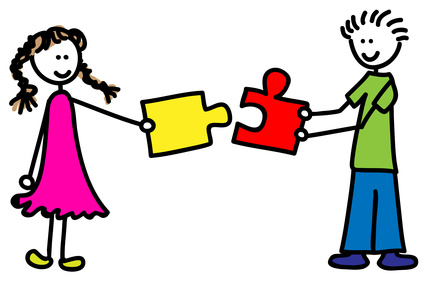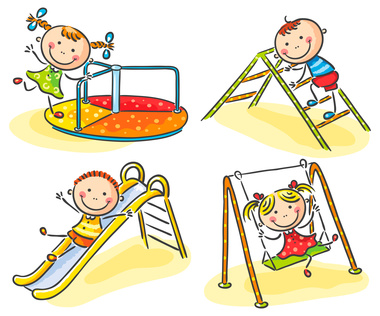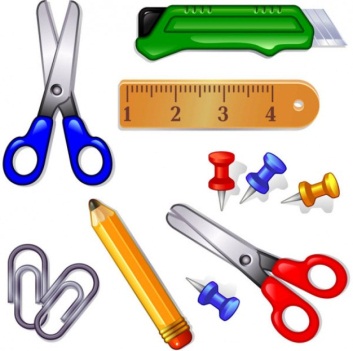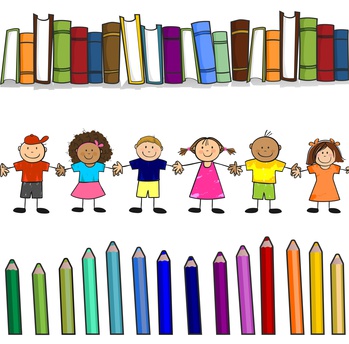Piaget - Developmental Psychology
Piaget's theory of cognitive development
Jean Piaget (1896-1980) was a Swiss psychologist who believed that children think like little scientist who construct knowledge by exploring and interacting with the environment, objects and people.He believed that children try to make sense of the world by learning through their own experiences by experimenting or through trial and error.
He believed that children were active learners who learned naturally through play or ordinary activity.
Children's understanding of the world or how they construct knowledge can be explained using Piaget's theory on the concept of 'schemas'.
Schemas
- All humans are born with schemas.
Schemas are mental representations or ideas about what things are and how we deal with them. - Newborn babies first schemas are the reflexes.
Reflexes are involuntary responses to a particular stimulus.
E.g. breathing to survive, crying in response to pain or hunger, looking in response to hearing something. - As babies grow they soon develop a schema, which they will apply it to all things.
E.g. Babies soon find they can grasp some objects with their hands, so they will try to grasp everything in sight, however, through trial and error they will find that it isn't possible to clutch everything, for example, a baby can grasp a rattle or parent's finger but cannot grasp stream of sunlight falling on the carpet.
So the grasping schema will gradually be refined into schema for graspable and non-graspable objects.
Another example:
Babies soon find they can drop a spoon and it makes a sound, so they will relish dropping every objects they hold, but through trial and error, they will discover that some objects don't make sound, for example, a soft ball.
- Later on babies will develop a schema for playing games and speaking.
Throughout life humans continue to develop schemas, such as driving cars, dancing, cooking, swimming etc.
Children use the schemas to make sense of the world, however these schemas will change as children discover new pieces of information. The process through how the schemas change is known as adaptation and involves assimilation and accommodation. See the table below:
Adaptation of schemas
| Description | Examples | |
|---|---|---|
| Assimilation
|
Process of understanding and organising previous experience and perception (schema) |
Playing with legos to build a tower. From previous experience the child will know which pieces to pick up first (assimilating) |
| Accommodation | Process of extending and modifying previous or existing schemas to make sense of new experience | Some of the lego bricks do not fit together, so the child learns to modify his/her existing thoughts and constructs a new schema, i.e. some legos bricks will fit and others will not. (accommodating) |
Examples
Example 1
Yasmeen already has the concept of riding a bike, but when asked if he/she wants to go horse riding, she looks bewildered at first, but then will make sense of this by adapting the concept of riding a bike with riding a horse.
Example 2
Hannah, cried when her uncle Dan, who was bald, came to the house. She had never seen a bald person before. She cried. This happened every time Hannah saw her uncle Dan for a month or so.Hannah had to accommodate her new knowledge that some people do not have hair on the tops of their heads. At first uncle Dan was very upset , but he was reassured when this was explained.
Example 3
A baby of 5 months is beginning to take solids on a spoon and is often offered mashed banana. This is a taste that is known. It fits the baby�s previous experience ( assimilation). If the baby is given apple puree, which is a new taste, this will mean taking in a new experience (accommodation). The baby might spit the apple out.Piaget's theory of cognitive development
Piaget believed that children's intelligence developed in stages that are linked to their age.
As children mature in age, so does the cognitive structures in the brain and hence the intelligence.
See the table below which outlines the stages of cognitive development.
| Stages | Age range | Description |
|---|---|---|
| Sensorimotor Sensorimotor |
Birth - 2 years Birth - 2 years |
From birth babies use their senses to explore the world around them. From 8 months, babies develop the concept of object permanence which means that objects continue to exist when he/she cannot see them. E.g. 'out of sight, out of mind' - Show a rattle to a baby under 7 months and then hide it under a blanket. The baby will show no interest to look for the rattle under the blanket, because it simply doesn't exist in their mind. After 1 year babies form several schemas and are able to recognise their ability to control objects and act intentionally. |
| Pre-operational stage
consist of 2 sub stages: Preconceptual stage and intuitive thinking Pre-conceptual stage (2-4 years) Pre-conceptual stage Pre-conceptual stage Pre-conceptual stage Intuitive thinking (4-7 years) Intuitive thinking (4-7 years) Intuitive thinking Intuitive thinking |
2-4 years 2-4 years 2-4 years 2-4 years 2-4 years 2-4 years 2-4 years 2-4 years 4-7 years 4-7 years 4-7 years 4-7 years |
Symbolic language - children use symbols to represent things. E.g. sticks become guns, cardboard boxes become cars. Language E.g. 'gubba' meaning ice cream or 'kia' meaning aunty aunty Egocentrism - children see the world from their own stand point and can not appreciate that other people might see things differently. They believe that everyone sees the same things as them or have the same thoughts Can not put themselves 'in other people's shoes'. E.g. Ask Susan does she have a brother? She will reply yes. Then ask Susan does your brother have a sister? She will say no. Animism - children believe that non-living objects have life and able to think E.g. Sun must be alive and same as people because it follows us when we walk. E.g. Talking to their toys Comparing - children find it difficult to understand relative terms such as 'bigger' or 'stronger' Seriation - children have difficulty arranging objects in order of height or size Children believe that the environment features have been designed or constructed by people. E.g. Ask a child: Where does rain come from? child's response: someone empties a water can. E.g Ask a child: Why is the sky blue? child's response: somebody painted it. 4-7 years old become curious and ask many question. E.G. why don't animals live in houses? Who created God? Conservation 4-7 years old - cannot understand quantity (number, volume, length and weight) remains the same despite the physical changes of the object or substance. Reversibility - 4-7 years old- cannot mentally reverse a set of operations E.g. 2 + 3 = 5 is the same as 3 + 2 = 6 Classification - 4-7 years old - cannot focus on two aspects of a problem at the same time. Therefore unable to classify. E.g. unable to divide � big and red� apples and those that are �small and green�(instead they will put all green apples together and red apples together irrespective of their size). |
| Concrete operational Concrete operational Concrete operational |
7 - 11 years 7 - 11 years 7 - 11 years 7 - 11 years |
Able to think logically Need to do and see things in a practical way in order to help their thinking. Can perform cognitive task if they can do and see things in a practical way physically counting out items Find it difficult to grasp abstract ideas. Can apply rules and strategies to their thinking. Recognise conservation of numbers,weight, mass and volume Can place objects in order of size, height,etc Can classify object with more than one feature Can mentally reverse a set of operations Able to understand another person's perspective |
| Formal operational Formal operational |
11 years - onwards 11 years - onwards |
Able to reason Able to develop abstract thoughts, E.g. multiply numbers in their mind or read maps withough having to turn the page around Able to create hypothesis and test Able to hypothesis about situations - can speculate on outcomes. E.g What would you do if your house was flooded. Able to manipulate thoughts and ideas to solve problems without needign practical props. |
Evidence
Piaget's findings were based on studies carried out on his own children, therefore data is likely to be biased and can not generalise findings to the rest of the population.Overlook the fact that every child is an individual. They have different personalities and their experiences of the world is different.
Overlooks cultural differences. Piaget assumes that his theories are universal.
It could be argued that Piaget is stereo typing children's abilities with age. Piaget indirectly is discriminating children's mental abilities.
REFERENCES
Caroline Meggit (2011) CACHE Level 3 Children &Young People's Workforce Certificate. Hodder Education:LondonPiaget, J. (1953). The origin of intelligence in the child. New Fetter Lane, New York: Routledge & Kegan Paul.
Piaget, J. (1977). Gruber, H.E.; Voneche, J.J. eds. The essential Piaget. New York: Basic Books.
Piaget, J. (1983). Piaget's theory. In P. Mussen (ed). Handbook of Child Psychology. 4th edition. Vol. 1. New York: Wiley.
Smith, L. (Ed.) (1992). Jean Piaget: Critical assessments (4 Vols.). London: Routledge
Fancher, R. E. (1996). Pioneers of Psychology, 3rd edition. New York: Norton.
Santrock, John W. (2008). A topical approach to life-span development (4 ed.). New York City: McGraw-Hill.






